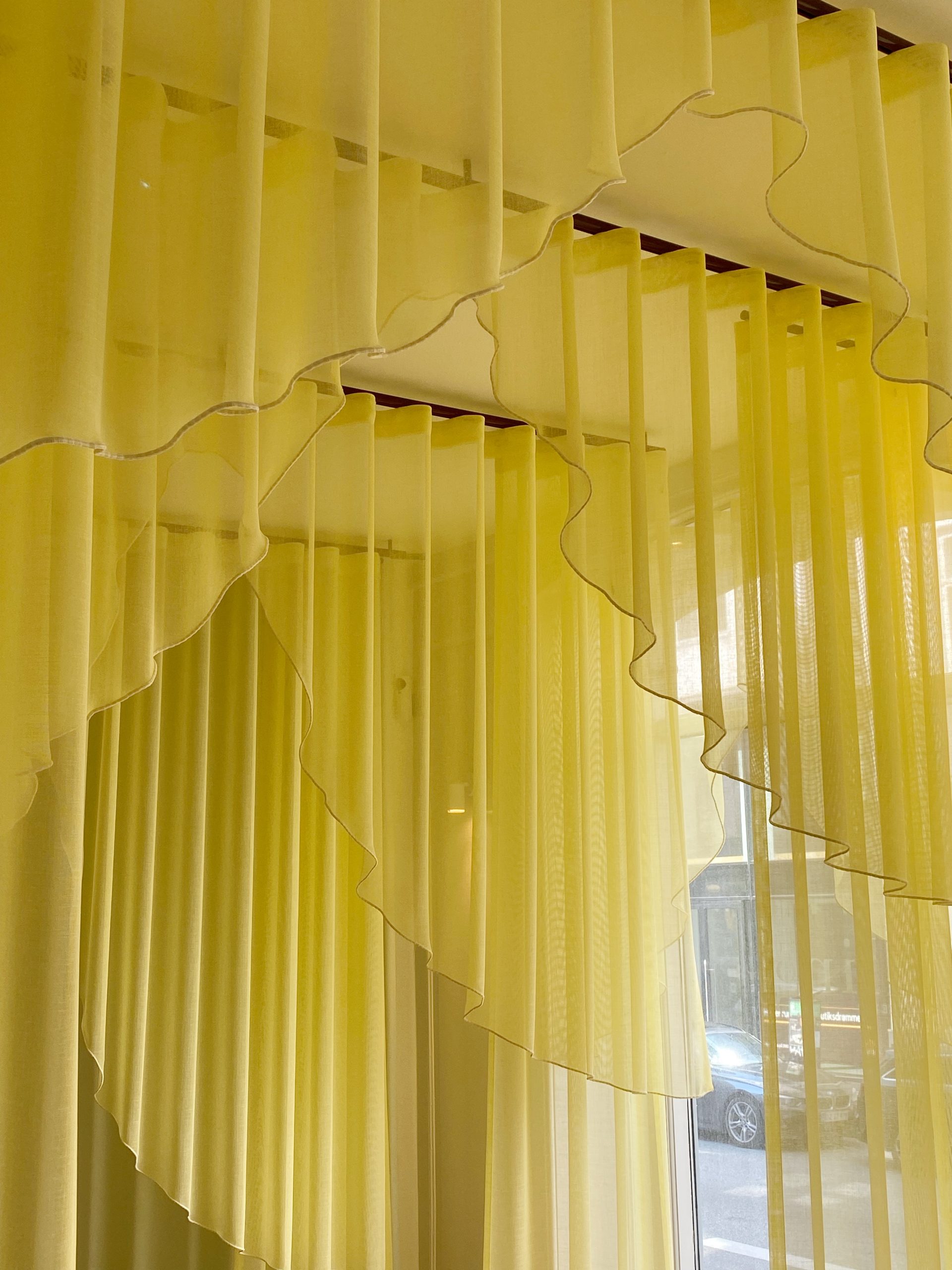Textiles from
plastic waste
The difference between pre- and post-consumer plastic waste
At Kurage, we produce many textiles made from recycled polyester, sourced from both pre-consumer and post-consumer plastic waste.
Post-consumer plastic waste refers to materials that have already been used by consumers and then discarded. This type of waste typically comes from households and includes bottles, packaging, bags etc. It is often contaminated and contains many different plastic types and blends. Therefore, it requires extensive sorting, cleaning, and processing before it can be broken down, remelted, and recycled into new granules. Granules are the raw material for plastic products.


Pre-consumer plastic waste is generated during the production of plastic products, before they ever reach the end-user. Examples include production scrap, defective items, or excess materials. This waste is usually clean and homogeneous, meaning it is not mixed with other plastic types. As a result, it is much easier to recycle and can often be reused directly in the same production process. It is sometimes referred to as secondary raw material or new waste.
It is important not to confuse pre-consumer waste with post-industrial plastic waste. Post-industrial waste consists of plastic products that have been used in industrial processes, such as plastic pallets, containers, or films. Compared to post-consumer waste, post-industrial waste is typically more homogeneous and less contaminated, making it easier to recycle, though not as clean as pre-consumer material.
